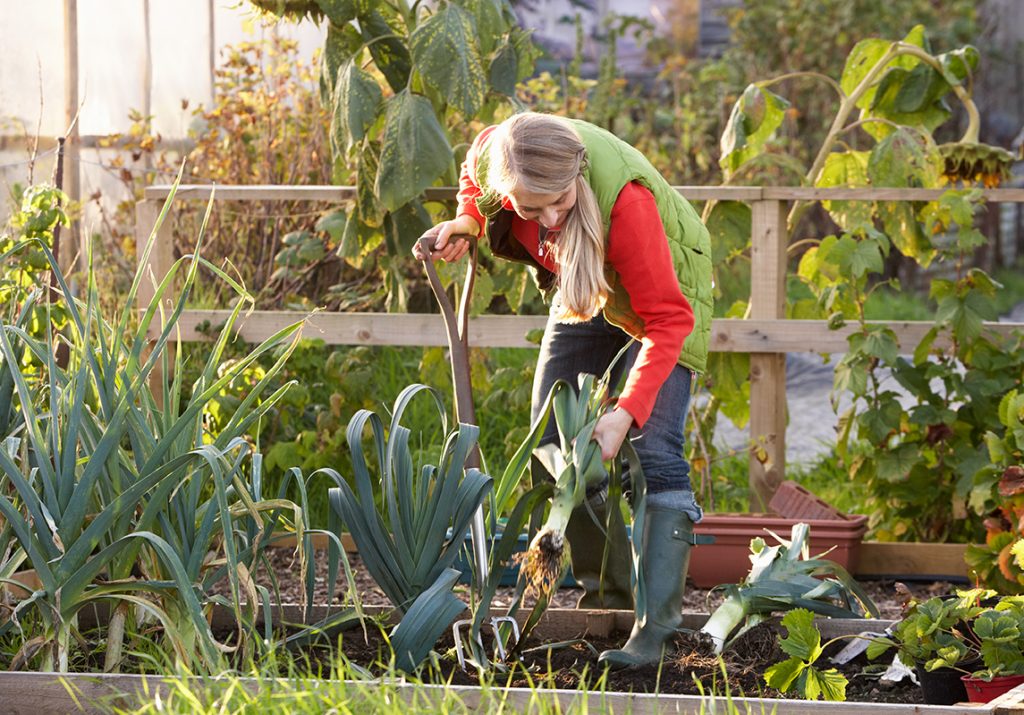Pain in and around your funny bone is not funny!

Most elbow pain presents in a similar way.
It gradually comes on and starts to get worse.
You notice picking stuff up or turning the key in the door is becoming more painful until you stop doing these movements. Maybe you start doing these tasks with your other hand.
You notice that on and around the bony point on the side of your elbow is very tender to touch. Maybe you’ve tried anti-inflammatories.
Maybe some days it feels better than others.
But almost always this type of presentation of elbow pain will gradually get worse.
This type of elbow pain I am describing is by far the most common elbow issue we see in clinic.
Most people would know it as tennis elbow. The more correct term would be Lateral Elbow Tendinopathy.
This is a better name as it tells us what is going on.
What is really going on with your elbow?
Tendons join your muscles to your bones. Their main role is to act like a stiff spring and transfer force.
A tendinopathy is when the tendon starts to degenerate via micro-tears in the tendon. Sometimes, there can be some inflammation present too.

The main cause of tendinopathy is overload. Oftentimes, tennis elbow starts after doing a job around the house or garden you don’t usually do. Or sometimes they can come on over time.
Body tissues have a load tolerance (strength). When the tolerance is exceeded, the tissues won’t be able to recover adequately.
Tendons take quite a bit longer to recover when compared to muscles. This is why the tendon gets overloaded and you feel the pain in your tendon rather than your muscle.
What can I do about the elbow pain?
Not irritating the cranky tendon is important. This can mean different things, depending on which tendon is irritated and the severity of it.
Releasing tension in the muscle through treatment techniques can be very helpful to reduce pain and allow you to start working the muscle-tendon unit more.
While treatment and minimising irritating the tendon are both very important factors, the most important thing is to increase the ability of the muscle and tendon to tolerate force; in other words, increase the strength.
Progressive strengthening exercises are pivotal for tendinopathies.
They need to be done at the right times too to optimise recovery and adaptation.
Overdoing these can be just as bad.
The longer a tendinopathy goes on for the longer it can take to get you back to your best.
Why not book a free physio consultation with us today?